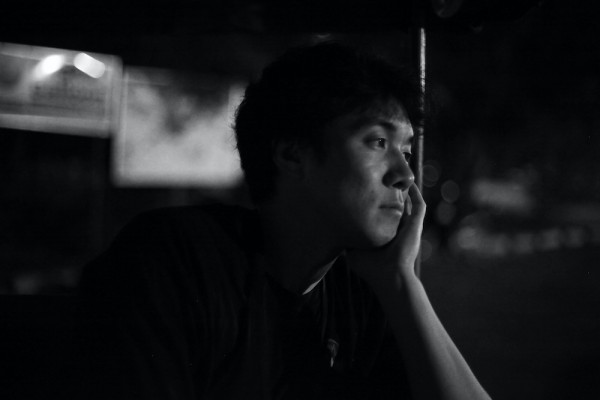Kosuke Okahara – Ibasyo
Kosuke Okahara – Ibasyo
Kosuke Okahara
January 12, 2015
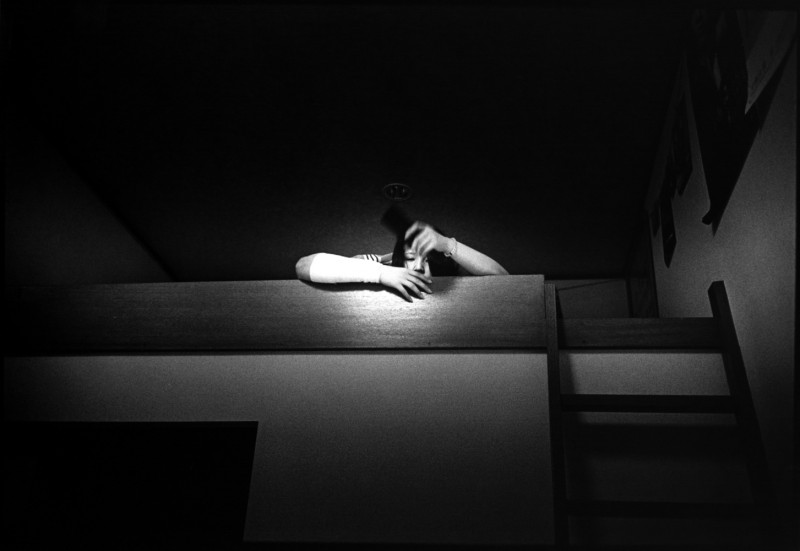
© Kosuke Okahara
The photographer has published their stories in a book; but, he has only produced six copies and they are not for sale. For the past seven months the books have been travelling the world, passed on to friends or lent to interested people. The special feature of the book is that the second half consists of blank pages, giving readers a space to write down their thoughts and impressions. Once the blank pages are full, Okahara wants to give a copy to each protagonist, to show that they are not alone with their problems.
How did you get the idea for this project?
Honestly I failed to find a publisher. So I saved some money to publish it myself. I went to several printing companies to check out how it works and the price. It was a good experience. But I was also wondering if just publishing it and selling it was the right thing… While I was photographing the girls, I realized that all of them faced the same challenge of not being able to develop their self-esteem. This was due to the traumas they had experienced at various points in their lives. But, if the girls would know that other people out there in the world care about them and their stories, then maybe this could be a small step for them to re-develop their self-esteem. In a way, this might sound a little patronizing, but I want the girls to feel that they are important.
Did it all work out like you expected before starting?
Actually yes, pretty much. I first contacted some people in different countries whom I trust, to ask them if they would each be a first borrower of the book, and they all said yes. And some suggested who to lend it to next. Then I developed the website of the books’ journey project and started receiving emails from people who were interested in borrowing the book. I was wondering how I could get this book out of the circle of people involved in photography, but soon I started receiving email from people outside the world of photography. Some borrowers are people who overcame self-injury or depression, or the parents of a girl who has a difficult time, etc… I found it very important that this project tells the story to the people who are in a similar situation to the girls in the pictures, who all said that they also wanted people to know about the problem.
What are the most touching comments you have read?
Actually, since the comments are quite personal, I don’t ask people to tell me what they write. I don’t know most of comments people wrote and I think that’s the way it should be. But some people kindly send me pictures of their comments, and some drew on the page; others put in pictures – it’s all actually very touching. For me, all the writing, drawing, and pictures that fill the pages are very warm and touching. It’s not typed on the computer. I can feel something tangible there, and I find it quite amazing how warm it makes me feel.
Further information about the project at www.ibasyobook.com.
Kosuke Okahara+-
The photographer is a winner of the W. Eugene Smith Fellowship, Getty grants, and the Pierre&Alexandra Boulat Grant. His series Almost Paradise was exhibited at the 100 years Leica photography shows. In 2021, he made blue affair, a video/film made up exclusively of still images. The work was nominated for the Clermont-Ferrand International Short Film Festival, the world’s biggest short film festival. The same work won the Jury’s Special Mention at the Las Palmas International Film Festival, and Best Contemporary Experimental Short Award at the Sapporo International Short Film Festival. Okahara also makes art books: his 100x70cm gigantic photo art book and 10m scroll book are currently being shown as part of the PHOTOBOOK – Art Page by Page exhibition at Leipzig’s Grassi Museum. Okahara is represented by the POLKA gallery in Paris and the Only Photography gallery in Berlin. More

© Kosuke Okahara
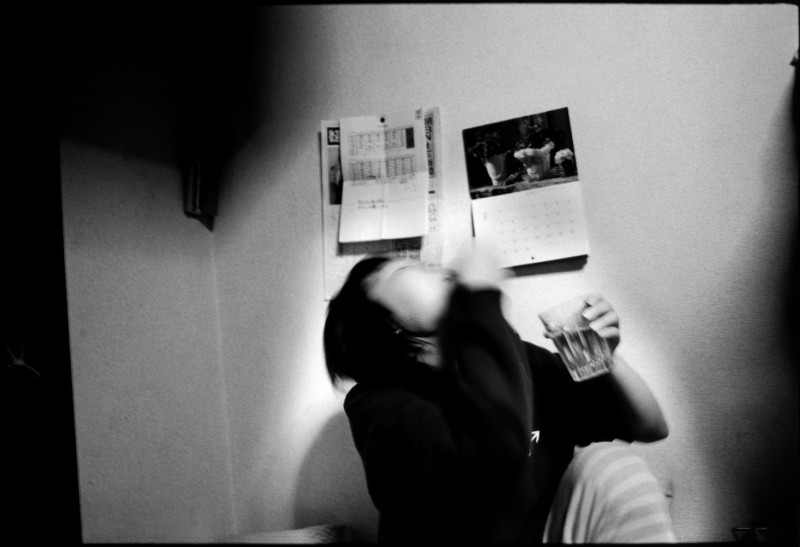
© Kosuke Okahara
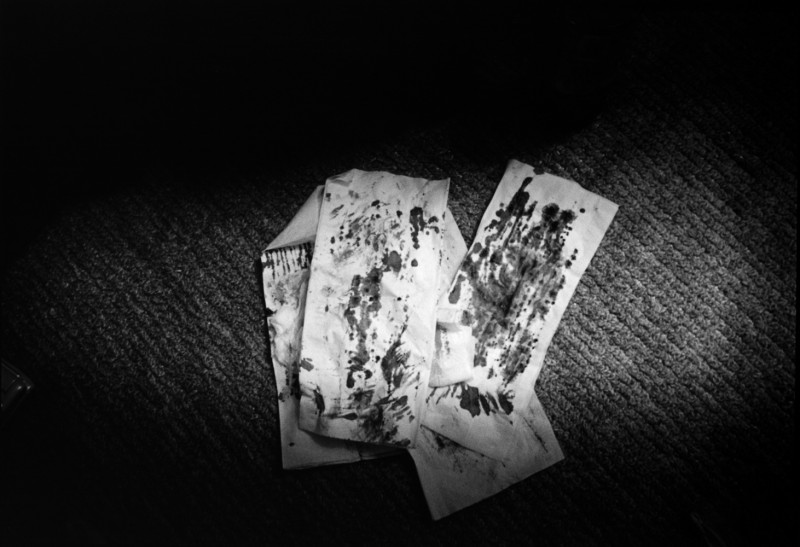
© Kosuke Okahara
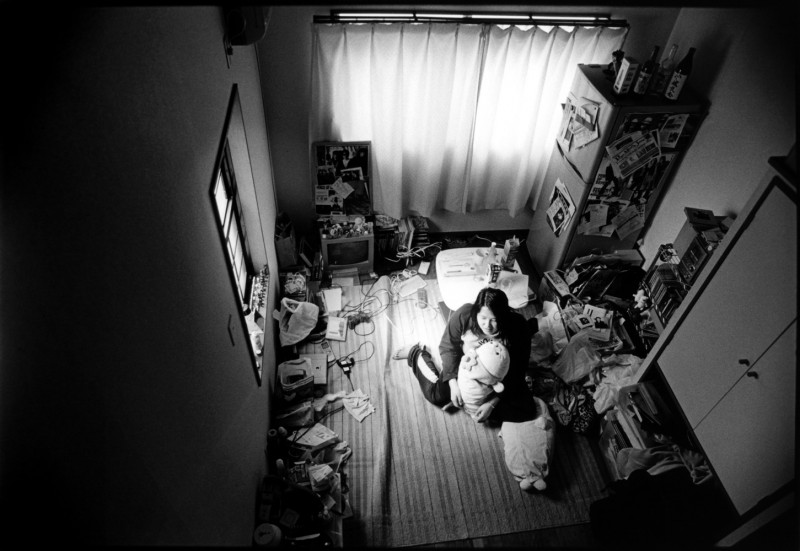
© Kosuke Okahara
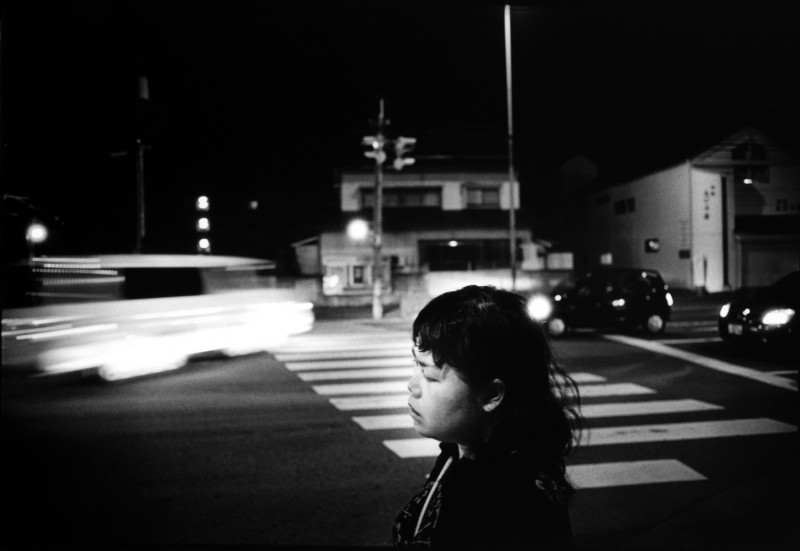
© Kosuke Okahara
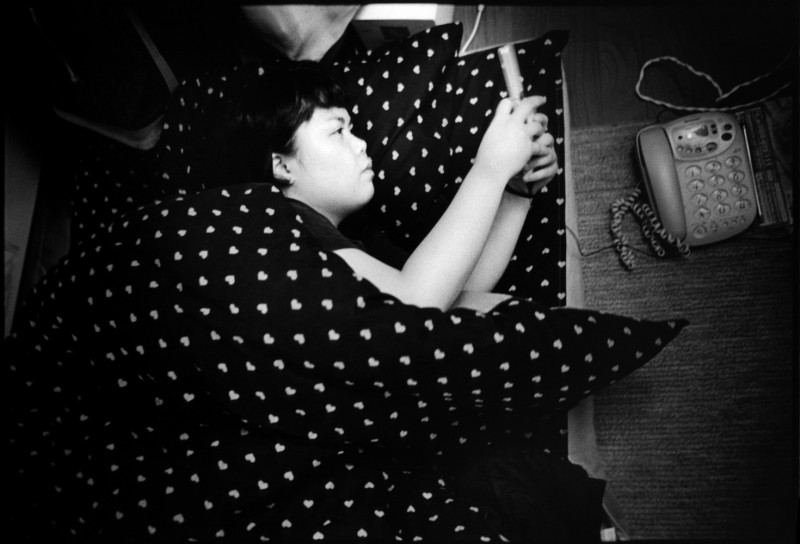
© Kosuke Okahara
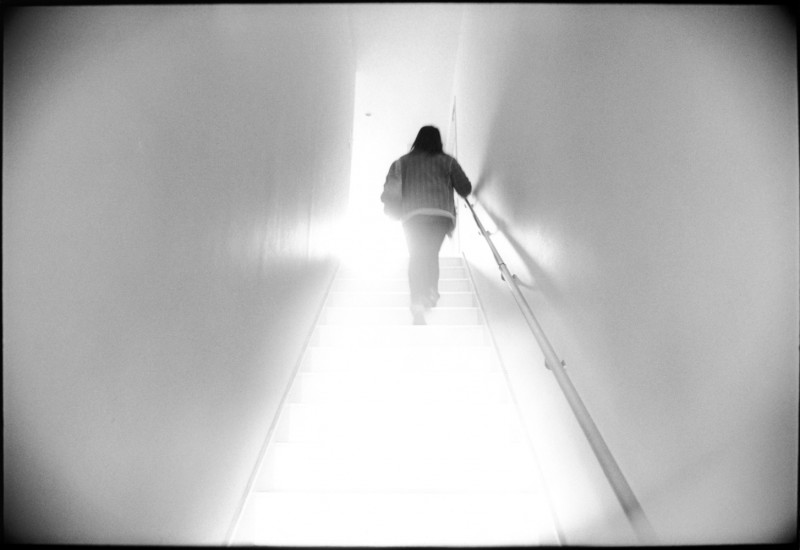
© Kosuke Okahara
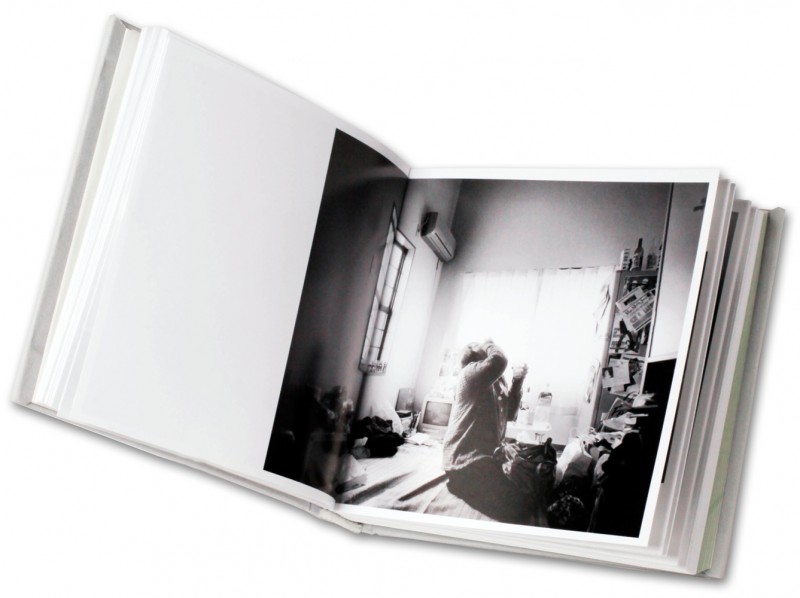
Kosuke Okahara - Ibasyo
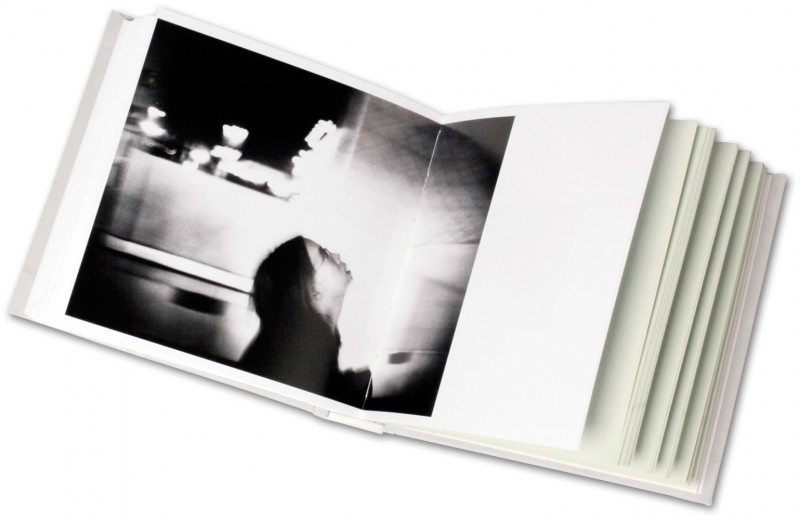
Kosuke Okahara - Ibasyo
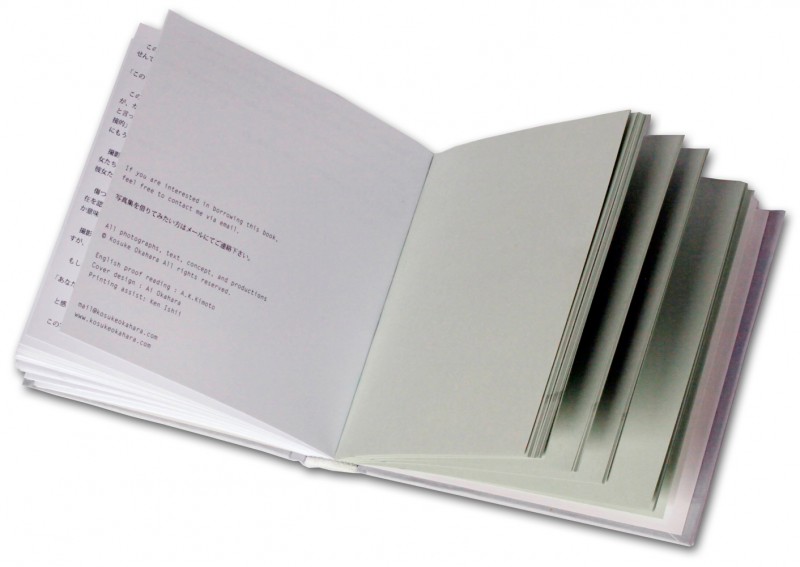
Kosuke Okahara - Ibasyo
